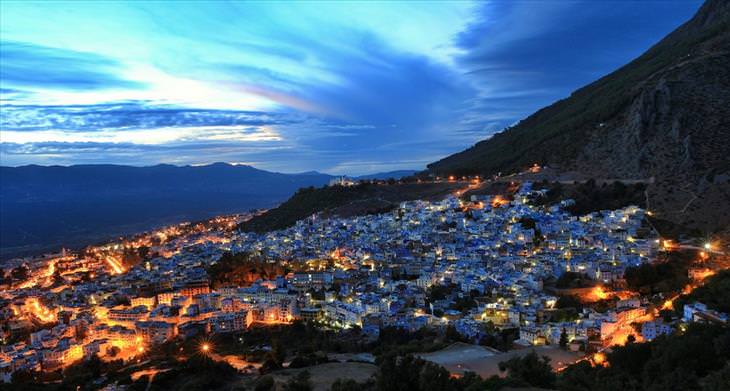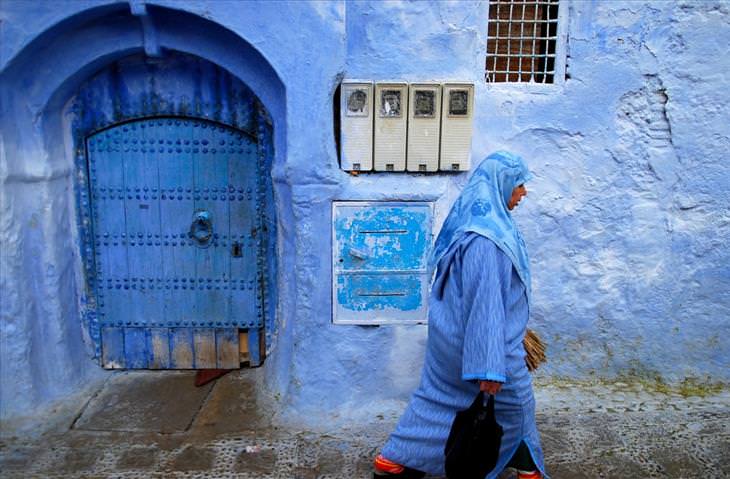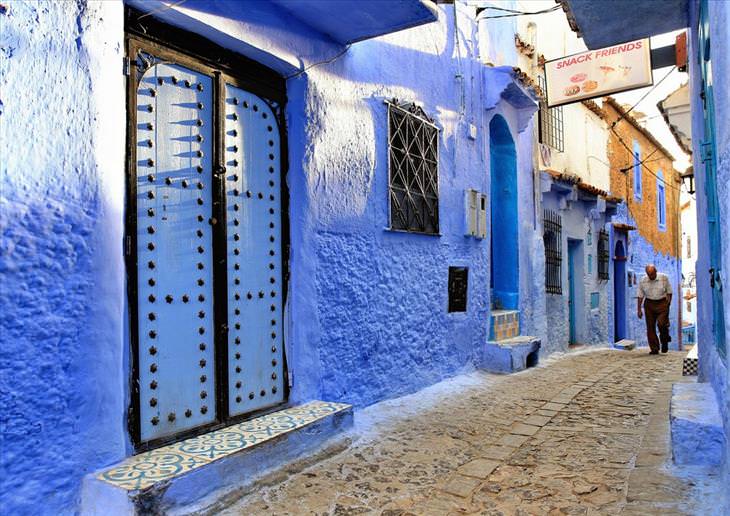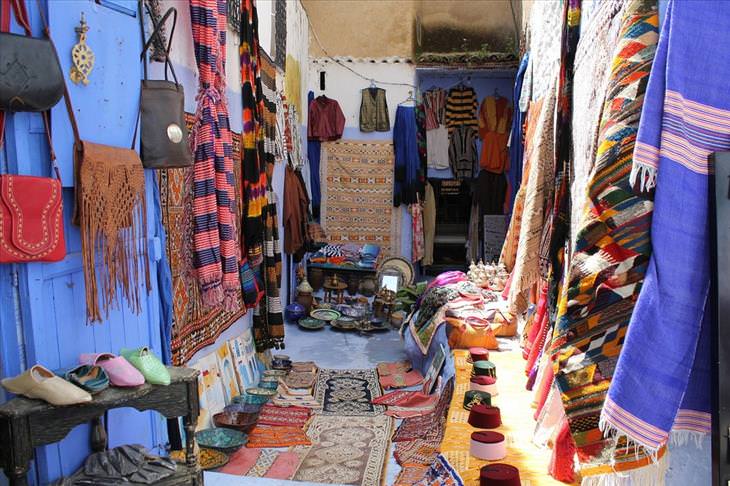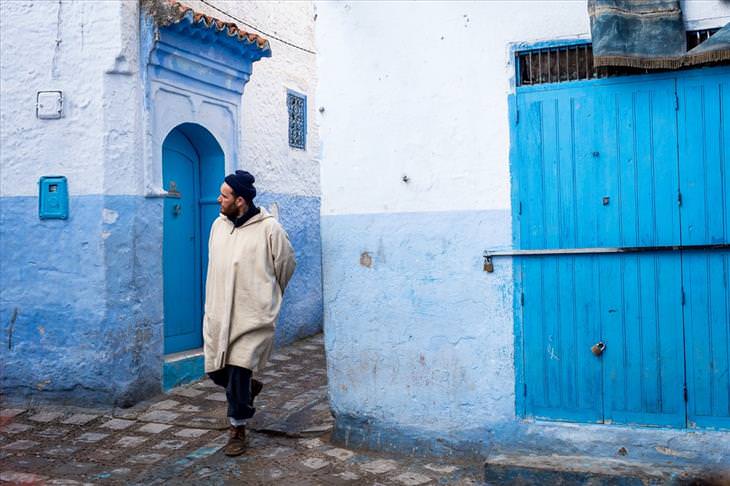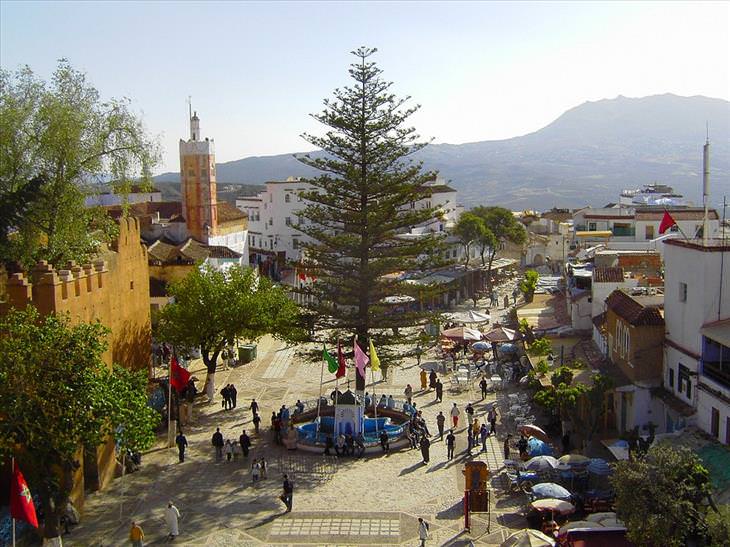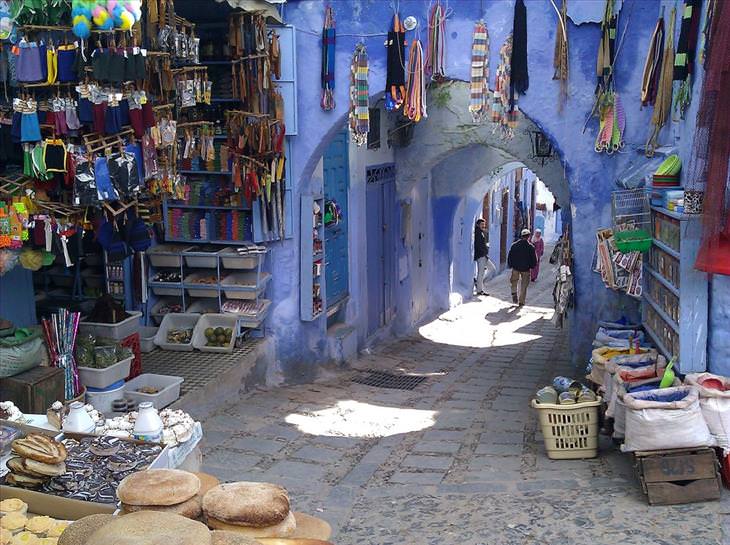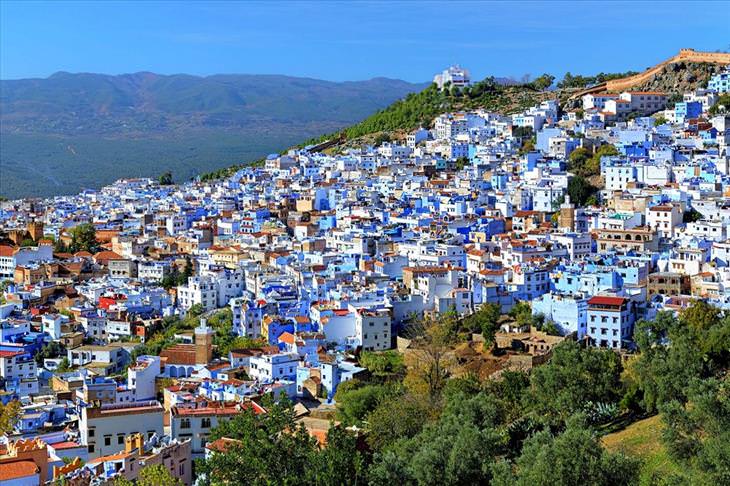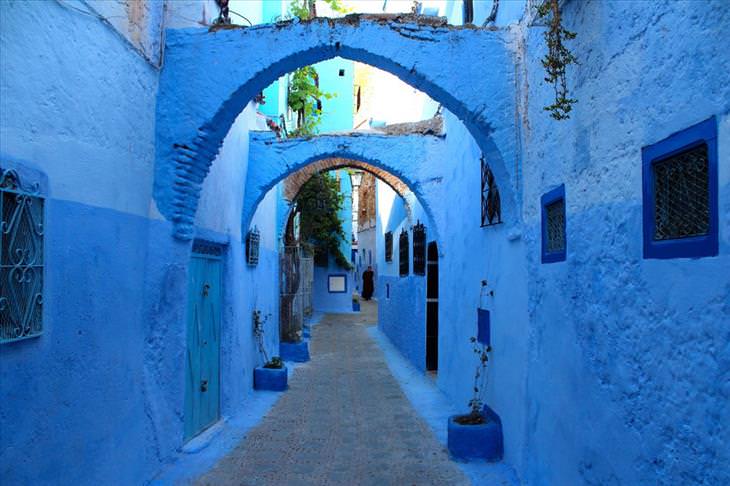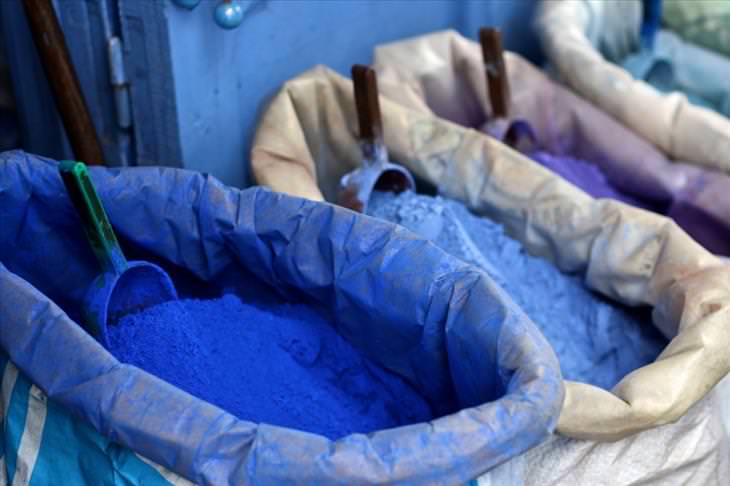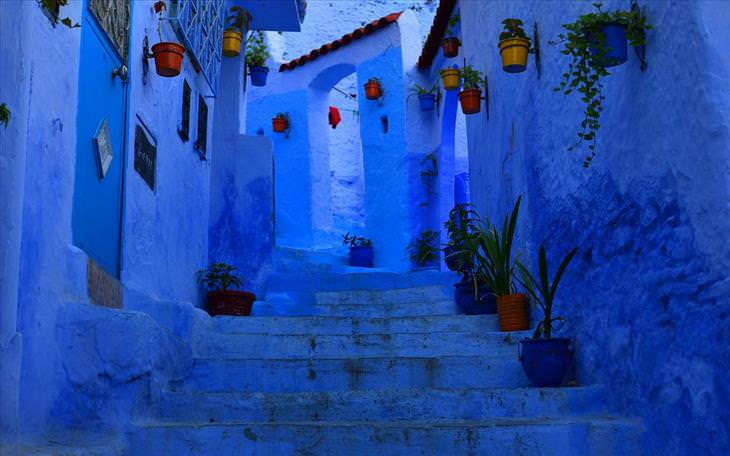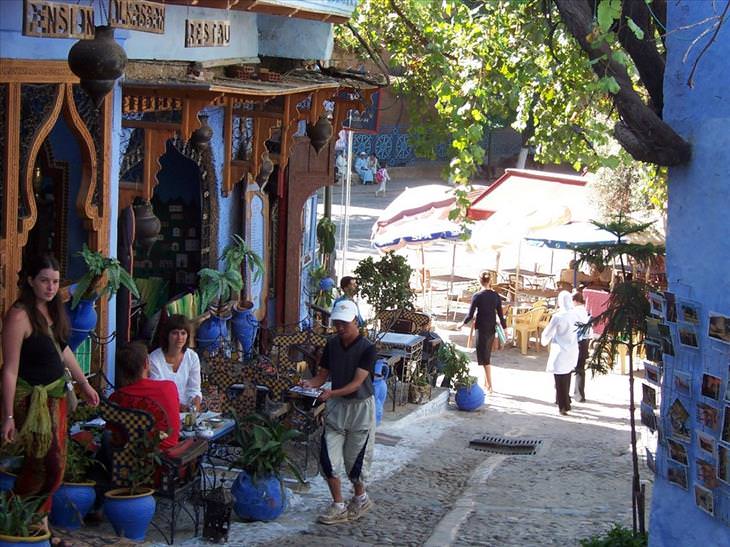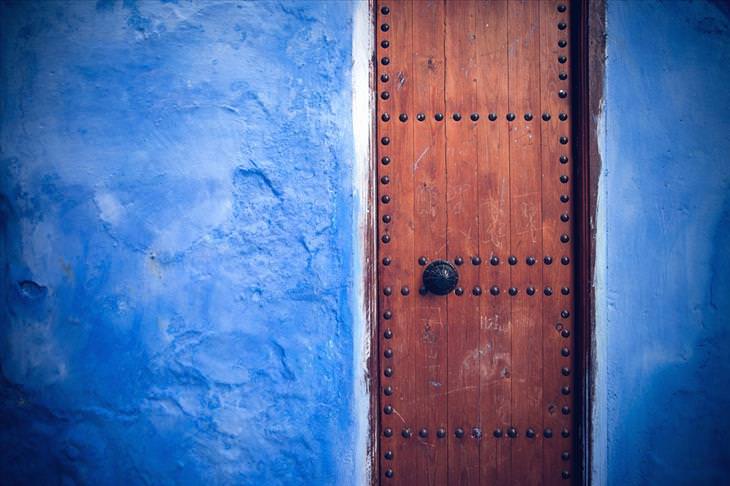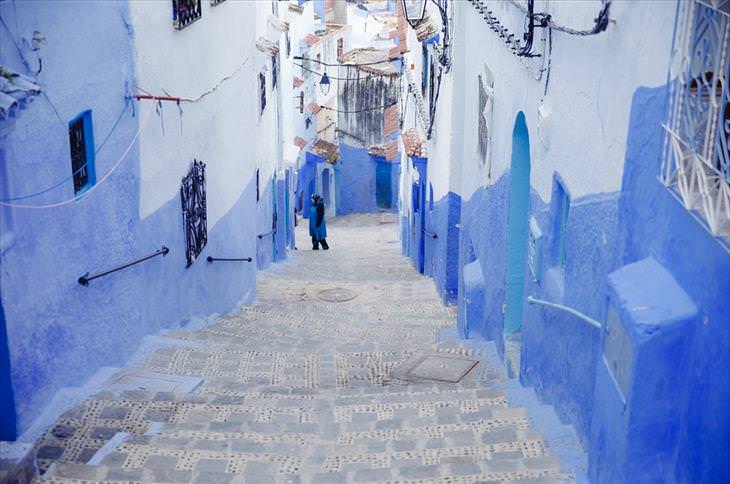
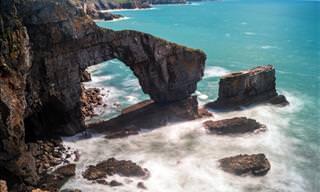
Here's Why You Should Visit Wales at Least Once
Though the UK is world famous as a travel destination, few people ever mention of Wales. These 20 pictures of its great coast will show you what you're missing.
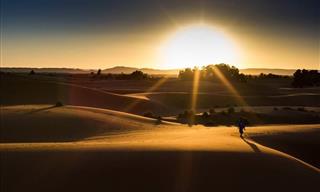
20 Lovely Sights One Might See in Morocco...
Morocco is one of the world's most extraordinary places. Just gasp at these 20 stunning photographs of mountains, seas, deserts, towns and much more.
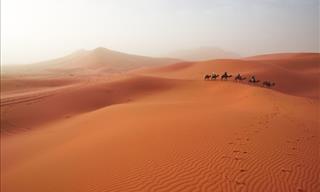
The MOST Impressive Photos of Morocco We’ve Ever Seen!
Take a couch trip through Morocco by admiring 15 magnificent photos of the country & learning about some of its most famous tourist locations
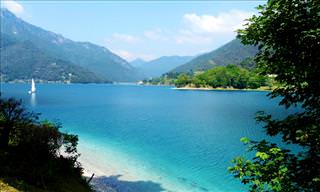
The Italian Lakes Are Like Pieces of Heaven On Earth
The Italian Lakes are associated with glitz, glamour and sheer beauty. View some of the most beautiful lakes in Europe, if not the entire world.
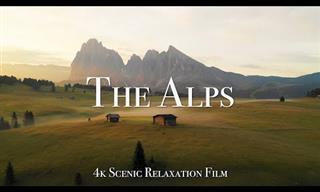
Travel the Deepest Jungles and Highest Mountains
We invite you to partake in the glory of the beauty of the earth. Enjoy a playlist of calming music with crisp, high-resolution videos of wildlife and vistas.
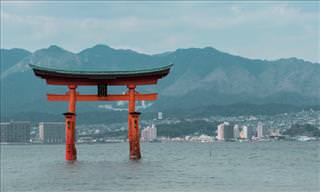
Japan Only Starts to Show Itself When You Leave Its Cities
When this photographer decided to get a view of Japan from off the beaten track, she took some truly stunning photographs. Take a look for yourself.
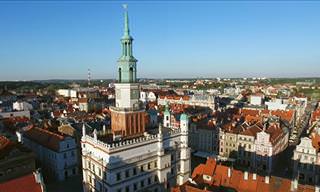 6:09
6:09
This is Proof That Poland Really Is a Stunning Country!
If you’re looking to visit a beautiful country in Europe, then you cannot go wrong with a trip to Poland. See why here!
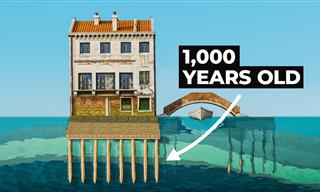 9:28
9:28
Venice: A City Built on Water and Ingenuity
Explore the incredible engineering feats that made Venice a medieval marvel and a lasting symbol of human ingenuity.
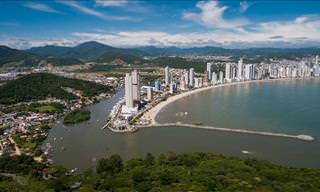
Discover Southern Brazil's Delights On Your Next Vacation
We often think of Rio de Janeiro as the go-to place for a vacation in Brazil, however southern Brazil also has much to offer. Check out these 10 places.
 3:23
3:23
Experience the Delights of Venice in This Stunning Video
This stunning time-lapse video, shot in crisp HD, takes you on an intimate journey through some of this Venice's most remarkable canals.
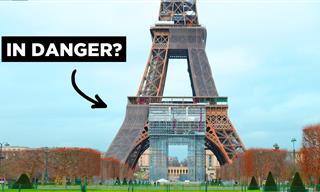 12:46
12:46
Rusting Icon: Can a $64M Paint Job Save the Eiffel Tower?
The iconic Eiffel Tower is in trouble.

20 Lovely Sights One Might See in Morocco...
Morocco is one of the world's most extraordinary places. Just gasp at these 20 stunning photographs of mountains, seas, deserts, towns and much more.
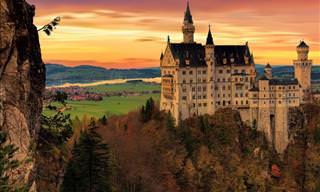
Bavaria: Land of Beautiful Castles, Palaces and Fortresses
The land of castles, picturesque Alpine landscapes and a rich history and traditions, Bavaria is one of the most-visited places in Europe
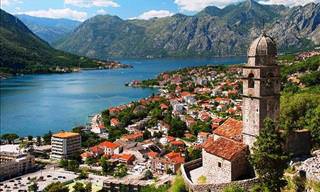
Eastern Europe's Jaw-Dropping Beauty Needs to Be Seen
Eastern Europe is often associated with poverty and the remnants of Communism, but it's actually quite exotic and beautiful. View these 20 amazing places.

Secret Tourist Destination: The Beauty of Katowice, Poland
A city with a rich history and fascinating museums, Katowice in Poland has much to offer a visitor.
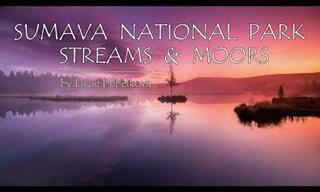 4:20
4:20
Admire the Mystical Streams and Moors of Czechia in 4K
Fly above Šumava National Park, a part of the ancient Bohemian Forest in the Czech Republic full of beauty, mystery, and charm!
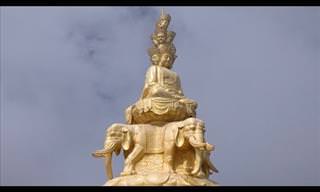 5:50
5:50
Come Visit One of the Most Sacred Places in China...
On the top of Mount Emei in the Chinese province of Sichuan, you will find one of the most beautiful and sacred sites in China...
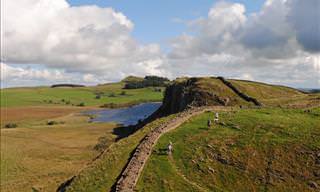
These Are 12 Of the Best Places to Walk Around the World
Of all the hiking trails in the world, these are the 12 best sites and places for those who want to travel with their feet.
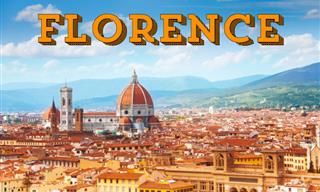
Discover Florence With These 12 Stunning Attractions!
Discover 12 of the most spectacular attractions in one of the most beautiful cities in Italy - Florence, full of cultural treasures, art and history.
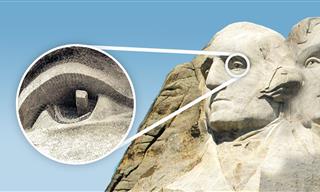 8:51
8:51
How Mount Rushmore Was Built: The Untold Story
Did you know about the unsung heroes of Mount Rushmore's creation?
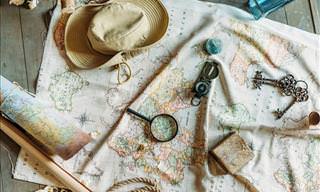 3:38
3:38
This is How to Best Pack a Suitcase When Going Abroad
Getting ready for a trip can be a real pain, especially when it comes to packing and taking care of your clothes. Thankfully, this video is here to help!
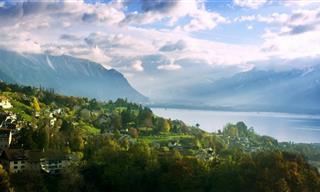
These are the Top 11 Areas to Visit in Switzerland
Here are recommendations for the most beautiful and pastoral areas in the country that you should definitely visit.
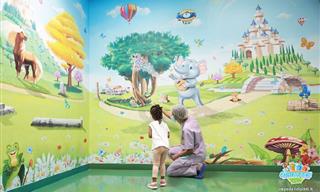
These Murals Change the Way People Look at Hospitals
Italian artist Silvio Irilli adds color to hospitals with his delightful murals.
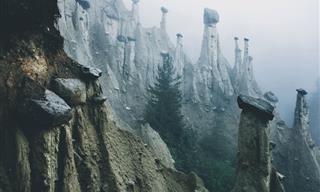
15 Real Places That Look Like They’re From a Movie
From the "Earth Pyramids" of Tyrol to the frozen waters of Lake Michigan, these mesmerizing places will make you rub your eyes in disbelief!

Travel Guide: What to Do in Tblisi for 3 Days
We’ve planned a 3-day trip that lets you experience all the best that Tbilisi has to offer.
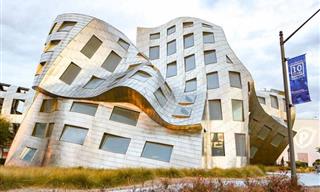
Weird Architecture: 12 Really Unusual Buildings
From a building that sings in the rain to one that looks like a pair of dancers, these weird and wonderful structures are sure to blow your mind.

8 Winter-Perfect National Parks You Should Visit This Year
Here are some of the world’s best national parks to visit during the colder months.
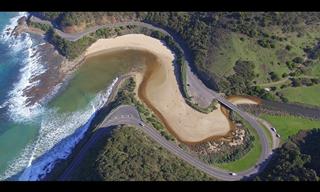 4:39
4:39
Come Travel Along the Great Ocean Road!
Through the following video, you can get a small taste of the area, and we can assure you that it truly looks like this in reality.
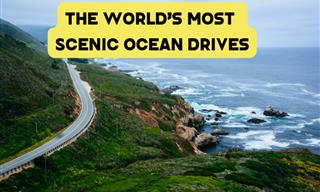
12 Scenic Ocean Drives That Will Leave You Awestruck
Discover the world's most breathtaking ocean drives.
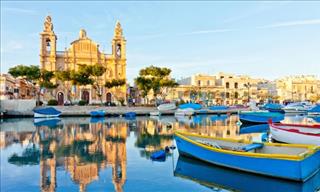
INTERACTIVE: Visit 11 Stunning Locations in MALTA!
The map you see before you has 11 marked locations. Click on any of these locations and you'll see their name and a beautiful video of each place
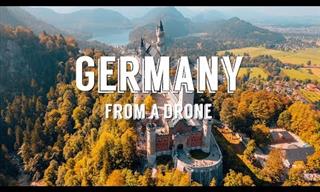 4:01
4:01
The Vast Beauty of Germany and Austria...
The Beauty of Germany and Austria by Drone is a stunning video that will take you over the most green and luscious vistas of Austria and Germany.
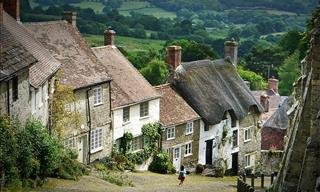
Visit These 10 Quaint and Beautiful Villages in the UK
Here is a look at some of the most gorgeous little towns in the UK that you must visit if you are looking for some quiet time.
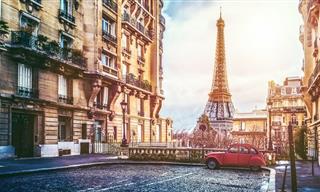
Captivating Facts About Paris You Never Knew
Find out some cool and interesting facts about the magical city of Paris in this article.
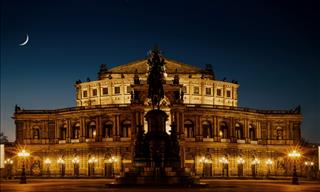 5:06
5:06
Isn't Dresden the MOST Beautiful City in Germany?
Have you ever dreamt of taking a stroll through the most magical German city at night? With this video, you have a chance to do exactly that...
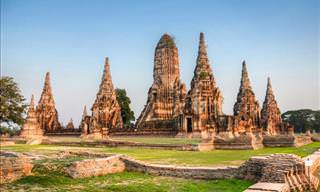
These Thai Temples Are Incredible Pieces of Art
Thailand has a lot to see and do, some of the main attractions are the many temples in the country. Here are 10 special and magnificent temples worth seeing.
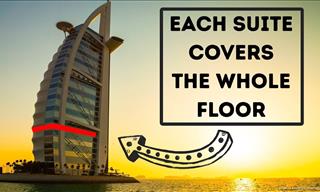 8:39
8:39
Take a Rare Peek Inside The World's Only 7-Star Hotel
The Burj Al Arab hotel in Dubai is one of the few recognized 7-star hotels in the world. Here is a rare peek inside this luxurious hotel.
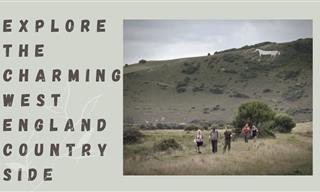 25:02
25:02
A Trip Across Quaint West England Is What We Need
Immerse yourself in the quiet and idyllic beauty of the West England countryside in this video.
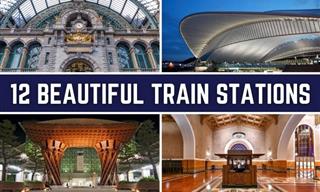
The 12 Most Magnificent Train Stations You Must See!
These train stations are considered architectural masterpieces and are noteworthy tourist destinations in their own right!
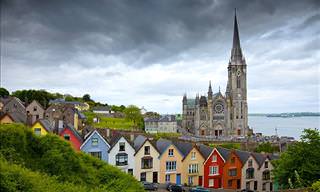
18 Magical Places in Green Ireland You Have to Visit
The unique beauty of Ireland shines nowhere brighter than in these stunning locations.

Pearl of Southeast Asia: 5 Reasons You Need to Visit Burma
A comprehensive travel guide to Myanmar in Southeast Asia
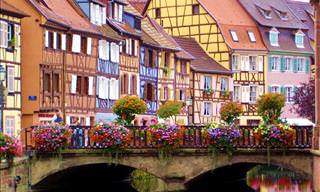
Take a Stroll through These Picturesque Villages...
The world is full of remarkable destinations. Take a look at these incredible fairy tale-like villages.

The 7 Most Magnificent Cathedrals of the World
Take a look at some of the most beautiful and unique cathedrals of the world.
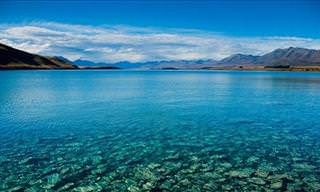
These Photos Prove New Zealand Is the Most Beautiful Place
New Zealand has to be one of the most beautiful countries in the world, and these photos are clear evidence of that. Here are 25 amazing photos.
 2:42
2:42
Come See Mont Saint Michel as Birds Do
Enjoy this gorgeous video celebrating the unique beauty of this place.
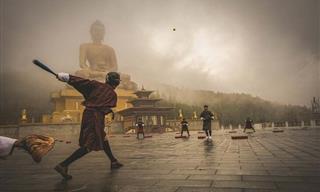
Mesmerizing Winners of the 2024 Color Photography Contest
Check out the exceptional winners of the 1839 Color Photography Awards.

Asia Has Already Jumped Into the Future! Crazy Innovations
These inventions show Asia is already living in the future.
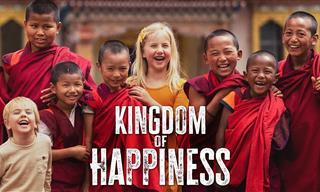 28:25
28:25
Bhutan: Where Happiness and Nature Go Hand in Hand
Get ready to explore Bhutan's enchanting blend of culture, nature, and the warmth of its people.
To enable your Ad-Free Subscription, please fill the fields below
Your subscription was successful, now you can enjoy an ad-free experience!!
Note: To make sure you get no ads, please make sure to log in to your account. If you are logged in already, then refresh the page. The subscription can be cancelled at any time.



